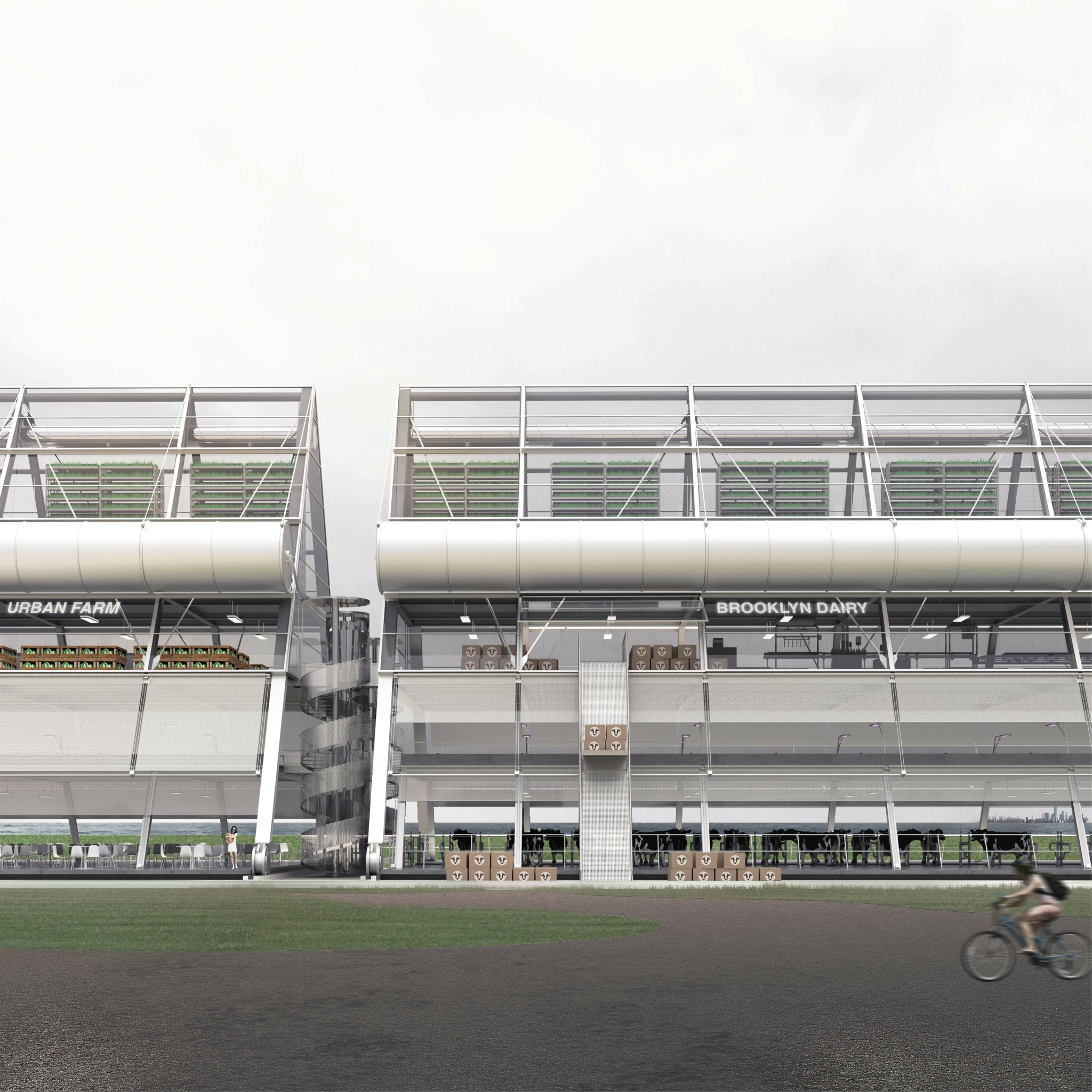We were lucky to catch up with Yujin Cao recently and have shared our conversation below.
Alright, Yujin thanks for taking the time to share your stories and insights with us today. Can you talk to us about a project that’s meant a lot to you?
One of the most meaningful projects I’ve worked on is the House for Three Generations — a residence designed to bring together grandparents, parents, and children under one roof while redefining what multigenerational living can mean today.
Rather than simply accommodating three age groups, I wanted the architecture to actively shape how they live and relate to one another. The design creates a fluid rhythm between privacy and togetherness: shared courtyards, the living room, and a communal kitchen foster daily interaction, while individual bedrooms — each connected by their own stair — offer moments of solitude and reflection.
The project emerged from my observation of how modern family structures are evolving, especially in cultures where extended families once lived closely but are now often separated by geography and lifestyle. Through spatial design, I wanted to reimagine how intimacy, independence, and care could coexist in contemporary life.
This house became a study in empathy — how architecture can mediate generational dialogue and craft new forms of belonging. For me, it’s not just a home; it’s a living experiment about how design can support emotional connection and redefine the meaning of family in the modern world.
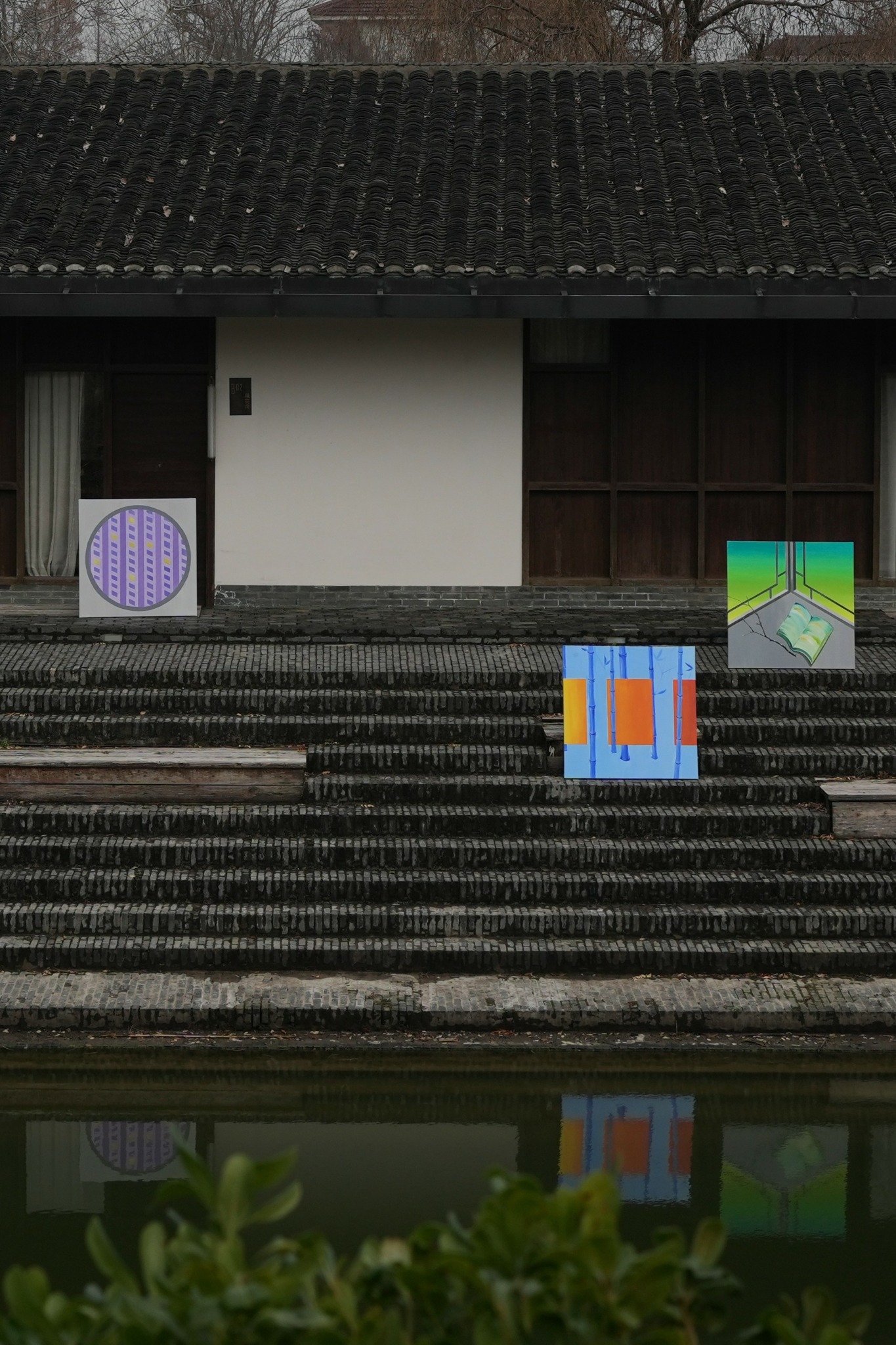
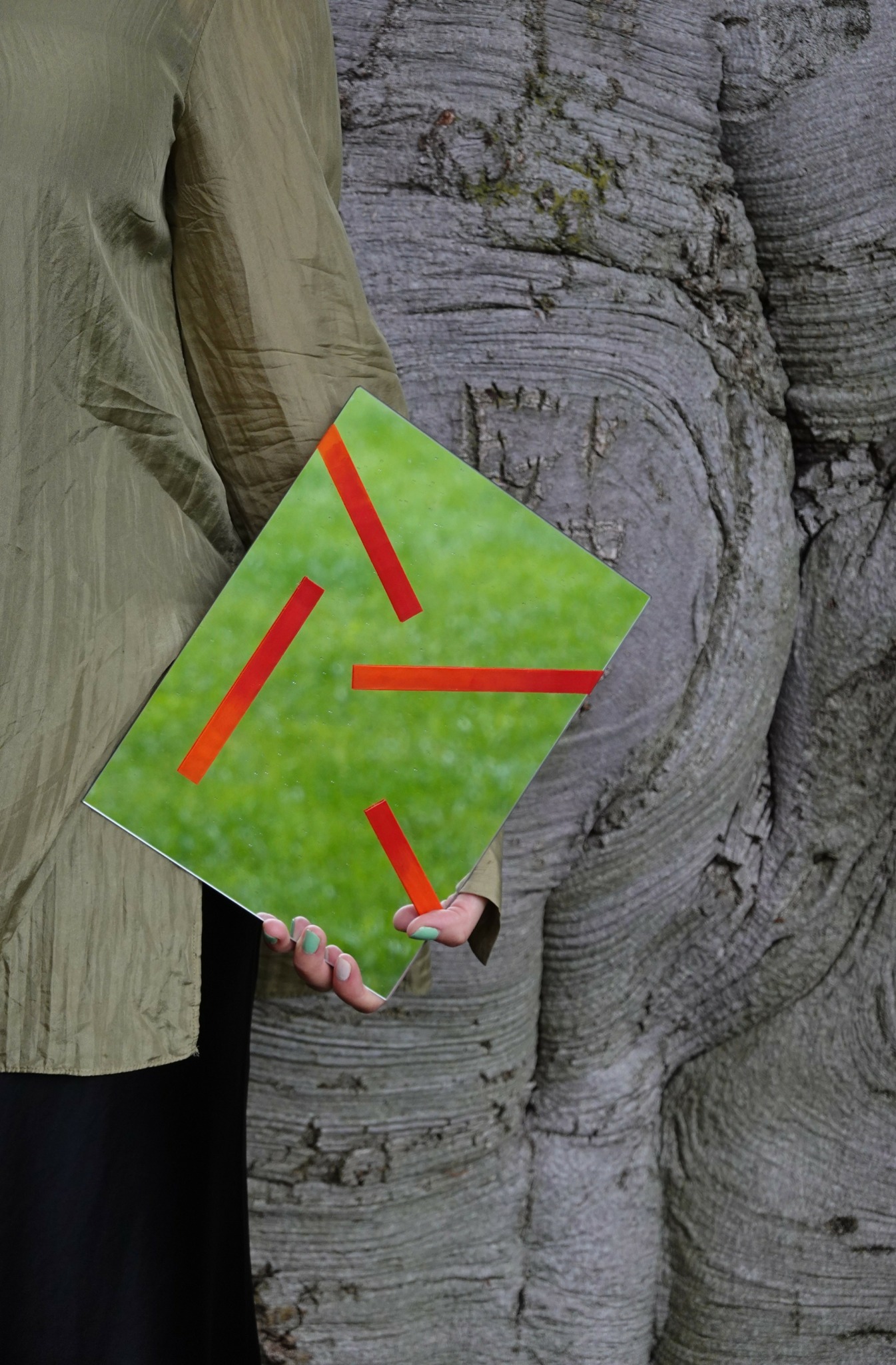
Yujin, before we move on to more of these sorts of questions, can you take some time to bring our readers up to speed on you and what you do?
For those who may not have read about me before, I’m an architect, artist, and educator whose work explores the intersection of space, culture, and memory. Trained at the Harvard Graduate School of Design, my practice has evolved across Asia and North America — a journey that has shaped my belief that design is not merely about constructing buildings, but about cultivating relationships between people and their environments.
I work across multiple scales and media — from urban design and adaptive reuse to installations, drawings, and conceptual works. My projects often blur the boundaries between architecture, art, and object, using spatial narratives to explore themes of memory, culture, and coexistence.
What distinguishes my work is its emotional intelligence. I see every project as a dialogue between the physical and the poetic. My architectural background provides structure and rigor, while my artistic practice offers freedom and intuition. Together, they form a language that responds to both human experience and environmental context.
I am most proud of projects that challenge conventional boundaries — such as the Brooklyn Dairy Project, which reimagines urban coexistence through design, or my Fantasy Garden and Moon, Moonlight, and Dreams series, which translate architectural thinking into emotional, imaginary landscapes.
Ultimately, my mission is to design with empathy — to create spaces and artworks that invite people to slow down, feel, and imagine new ways of living together. I hope my work reminds others that beauty and meaning can emerge through transformation — that every place, and every person, holds the potential for renewal.
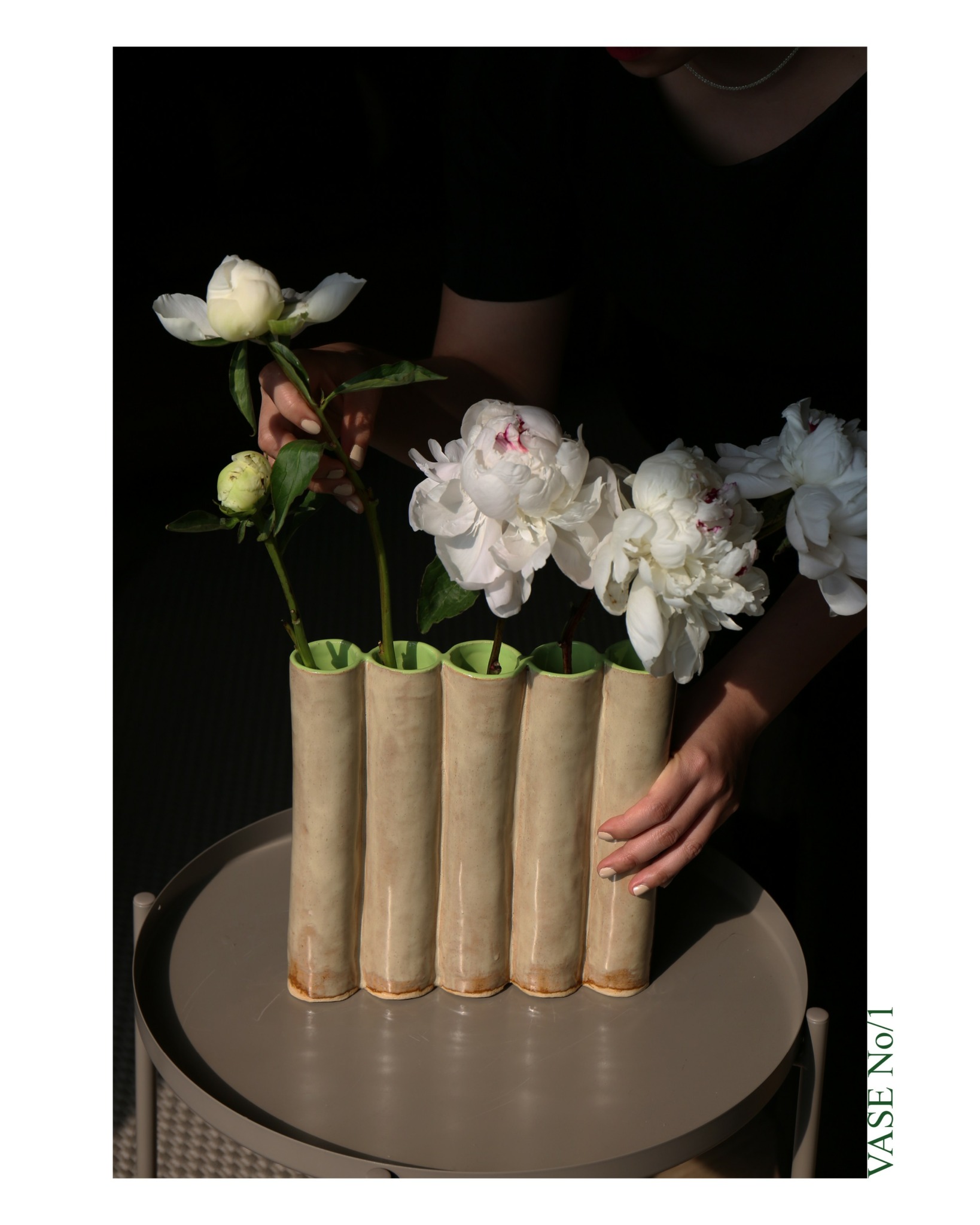
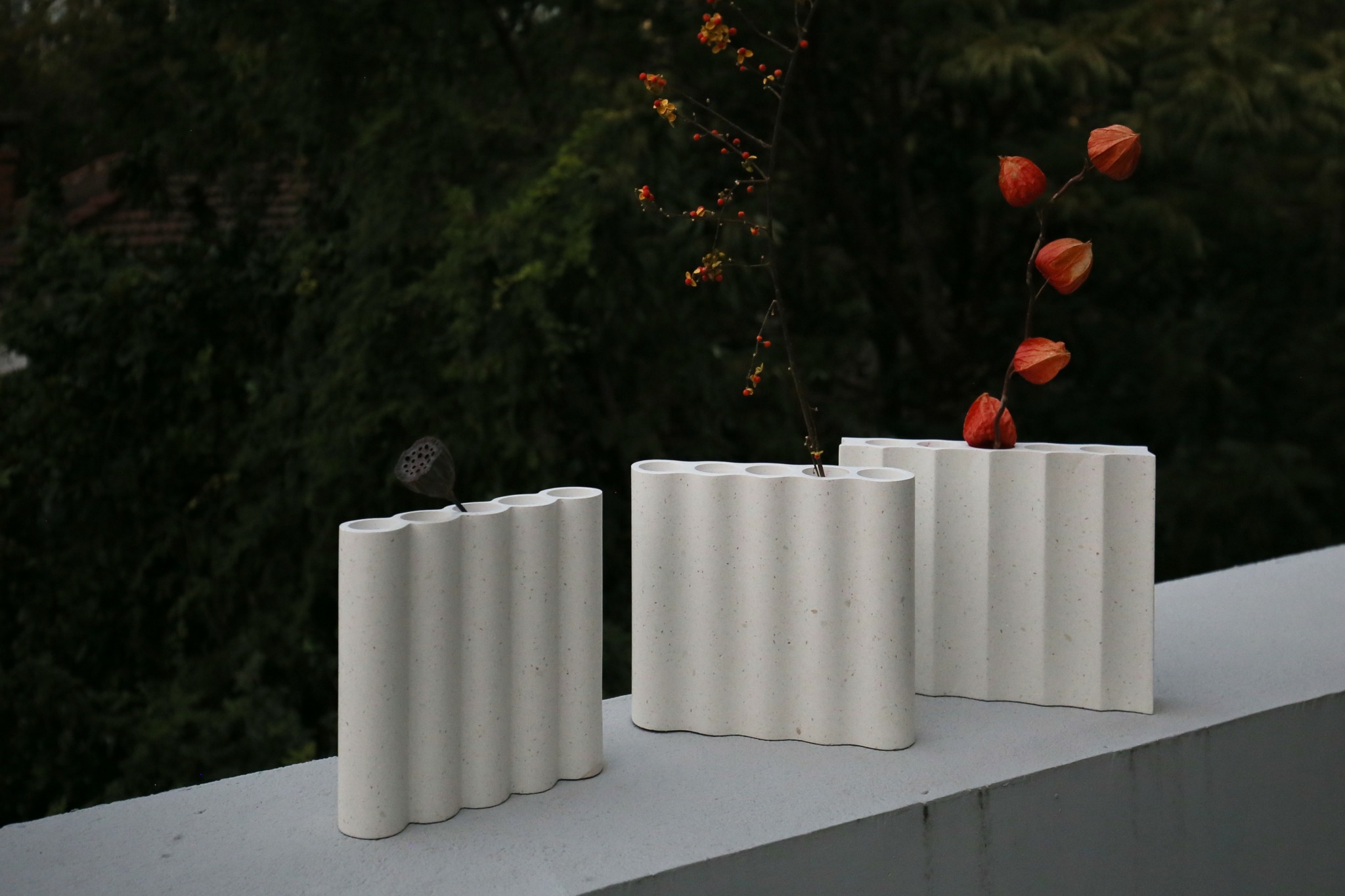
What’s the most rewarding aspect of being a creative in your experience?
For me, the most rewarding aspect of being an artist and creative is the ability to transform observation into meaning — to take something intangible, like a feeling or a memory, and translate it into form and space.
I find deep fulfillment in the process of discovery — when an idea begins to unfold through drawing, modeling, or making, and starts revealing something larger than myself. Each project becomes a way to understand the world differently, to see beauty in imperfection, and to connect with others through shared emotion or imagination.
What keeps me inspired is that creative work is never static; it’s an ongoing conversation between intuition and reality, between who I am and the world around me. It allows me to bridge disciplines, cultures, and perspectives — and, in doing so, to continuously redefine what it means to create with empathy and purpose.
Ultimately, the reward lies in resonance: when someone experiences my work and feels something — calmness, curiosity, or connection — it reminds me that creativity has the quiet power to heal, to provoke thought, and to bring people closer together.


What can society do to ensure an environment that’s helpful to artists and creatives?
I believe that supporting artists and creatives begins with valuing the invisible labor behind creative work — the time spent thinking, experimenting, and failing before something meaningful takes shape. Society often celebrates the finished product, but what truly sustains creativity is the freedom and support to explore without immediate outcomes.
To build a thriving creative ecosystem, we need more spaces that encourage cross-disciplinary dialogue — where architects can speak with dancers, scientists with poets, designers with community activists. Creativity grows when disciplines overlap and when people feel safe to take intellectual and emotional risks.
Equally important is public access. When art and design are treated as integral to civic life — embedded in schools, neighborhoods, and daily routines — they stop being luxuries and become part of collective wellbeing.
As someone who works between architecture and art, I’ve seen how creative work can transform not only physical environments but also the way people see and care for one another. Supporting artists, then, is not just about funding — it’s about nurturing curiosity, empathy, and imagination across society. Those are the foundations of a truly creative culture.
Contact Info:
- Website: https://yujincao.com
- Instagram: yujincao_
- Linkedin: https://www.linkedin.com/in/yujincao

